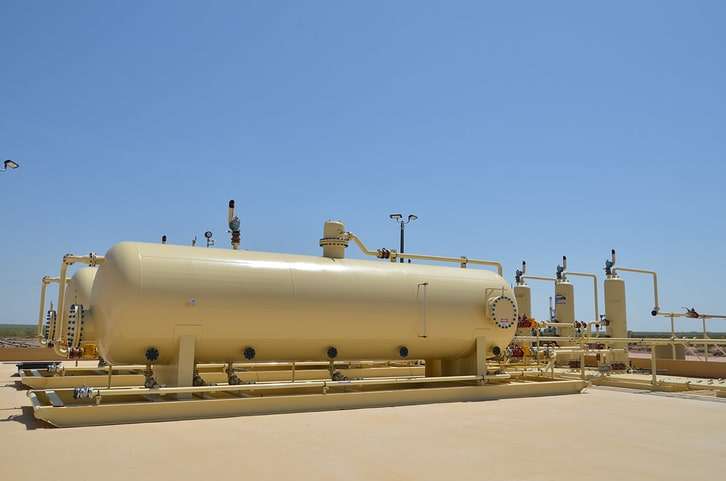The topics of a heat exchanger, pressure vessel design, and related topics are often seen as difficult to master. This is due to the many terms, theories, and theoretical concepts that are often associated with these topics.
To make it easier, we have compiled a list of the most essential topics in this field. By being aware of these topics, you will be able to understand the basic knowledge and theory behind the heat exchanger and pressure vessel design.
With the ever-increasing demand for oil and gas, there is an increasing need to have qualified engineers and designers who are knowledgeable in the design and operation of these systems.
Nowadays, the world is more than ever dependent on the power of machines. Machines are used for transportation, communication, and many other purposes. With this dependency, the machines must be designed in a way that can withstand the pressure and heat that they will encounter. Heat exchangers and pressure vessels are designed to withstand these high temperatures and pressures.
How to Design a Heat Exchanger
Designing a heat exchanger is not as easy as it sounds. It is easy to get lost in the numbers and the calculations, which can make it difficult to understand how the process will work. To ensure that you can design a heat exchanger, it is important to break down the process step-by-step.
The following is a list of the steps that you should take when designing a heat exchanger:
-Determine the desired flow rate -Determine the desired pressure drop
-Determine the desired cooling/heating capacity
-Determine the desired flow rate and pressure drop
-Determine the desired cooling/heating capacity and flow rate
-Determine the desired configuration (e.g. parallel, series, or counter-flow)
-Determine the required size and shape -Select the appropriate materials
-Select the appropriate materials and size
-Select the appropriate materials and shape
-Determine the required thickness
-Determine the required thickness
-Determine the required thickness and configuration
-Determine the required thickness and size
-Determine the required thickness and shape
Pressure Vessel Design
A heat exchanger is used to transfer heat from one substance to another. For example, a heat exchanger can be used to transfer heat from the outside air to a fluid, or from one fluid to another. There are many types of heat exchangers, such as boiling heat exchangers, flash heat exchangers, steam-water heat exchangers, and refrigerant heat exchangers.
Analysis of Pressure Vessel Design
A pressure vessel is a container designed to hold gases under pressure, typically under a partial vacuum, or at a pressure greater than that of the surrounding atmospheric pressure. Pressure vessels are often used in a variety of applications such as cooking, heating, refrigeration, and chemical processing.
Conclusion
We hope you enjoyed our blog post on heat exchangers and pressure vessels. If you are embarking on a career in engineering, our blog post will be a great place to start. It is a little advanced for some people, but there is a lot of information in this blog post that can help you.
If you have any questions, please comment on this blog post. If you would like to learn more about engineering, you can visit our website at OnlinePiping.com. Thanks for reading, we are always excited when one of our posts is able to provide useful information on a topic like this!

